1 min read
Performance Max: Unleash the power of Google's AI to boost your results
If you've ever felt like managing Google Ads campaigns is like playing Russian roulette with your budget, don't worry, you're not alone. Google knows...
Plan, activate and control media to hit targets with precision.
Turn data into smart decisions with advanced analytics and modeling.
Efficiency, governance and scale for agencies and teams.
![[Ebook] SEO + AI: eBook to Master AI Overviews and GEO](https://www.adsmurai.com/hubfs/MKT%20-%202025/WEB/Resources%20-%20Banners/HeaderEN_Ebook_SEO+AI.png)
[Ebook] SEO + AI: eBook to Master AI Overviews and GEO
Learn how to structure and distribute your content so generative models can understand it, trust it, and reuse it in their answers. A practical guide to compete and appear in AI Overviews and AI-powered assistants.
Discover more
The way people search the internet is changing rapidly, and Google AI Overview is leading this transformation. This new generative artificial intelligence feature not only changes how search results are displayed but also redefines how content must be created if you want to stay visible and relevant.
In this article, we’ll explain what AI Overview is, how it works, and—most importantly—how you can adapt your content strategy to thrive in this new landscape.
TABLE OF CONTENTS
AI Overview (also known as AI Overviews) is a Google feature that uses generative artificial intelligence, based on models like Gemini, to deliver instant and accurate summaries at the top of search results.
Instead of simply displaying links or featured snippets, Google now generates a direct response by combining information from multiple trusted sources. The goal: to fulfill the user’s search intent as quickly as possible.
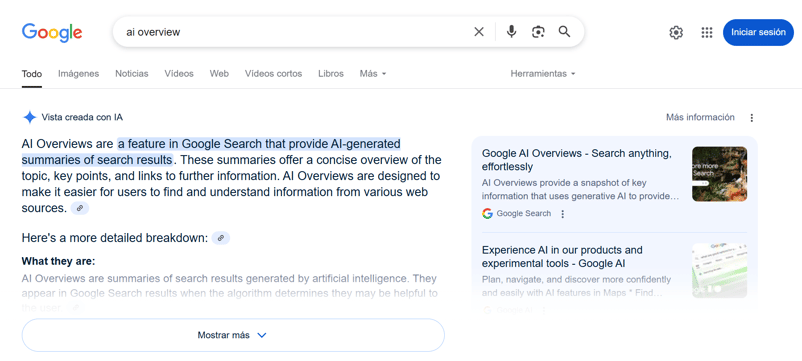
When you ask a complex question or look for practical guidance, Google activates AI Overview if it thinks it can help you with an AI-generated answer. This answer usually includes:
In some cases, even embedded images or videos.
1. How does artificial intelligence impact the job market?
AI Overview might display:
2. How to change a bicycle tire
In this case, the summary would include:
3. Best CRM for small businesses
AI Overview could offer:
The rise of AI Overview brings a major shift: organic clicks may decrease if users find everything they need within the AI summary. But it also opens up new opportunities to stand out as a trusted source.
SEO and SEM alert: your visibility depends increasingly on content quality, site authority, and how you structure your campaigns.

Here’s a practical guide to ensure your content remains visible and relevant:
Implement Schema.org markup for:
This helps Google better understand your content and consider it for AI-generated summaries.
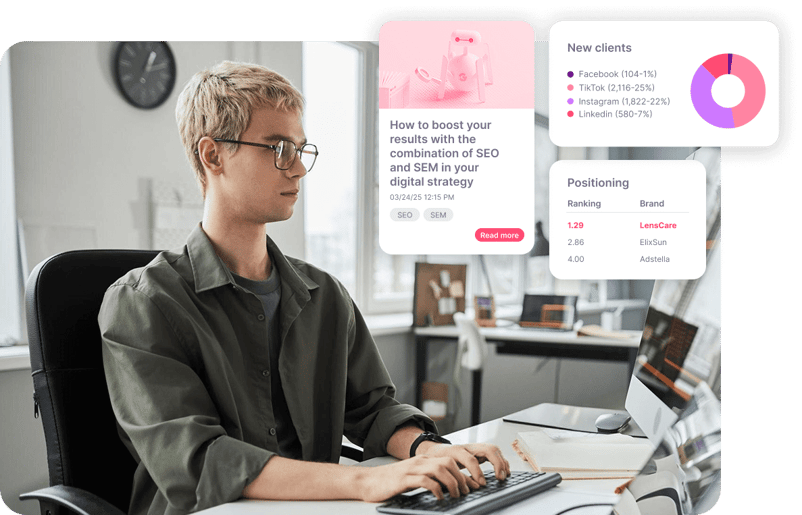
💥 Advertising + AI = Performance Max + Broad Match
The integration of AI Overview in search results not only impacts SEO but also changes the game for Google Ads. This new AI-driven layer can directly affect your CTR, ad visibility, and bidding strategies.
Here's how to adapt to this new reality in Google Ads:

This is the star campaign format for the new era: omnichannel, signal-based, automatically generated creatives and dynamic audiences. Perfect to reach users wherever intent converts best—Search, Display, Shopping, YouTube...
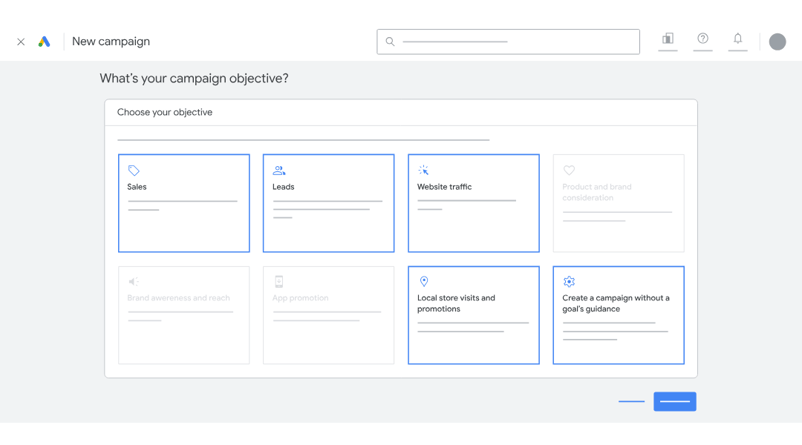
This ensures your ads reach users more likely to convert, even after they’ve interacted with an AI Overview.
This strategy complements AI rather than competing with it.
What about at the global strategy level?
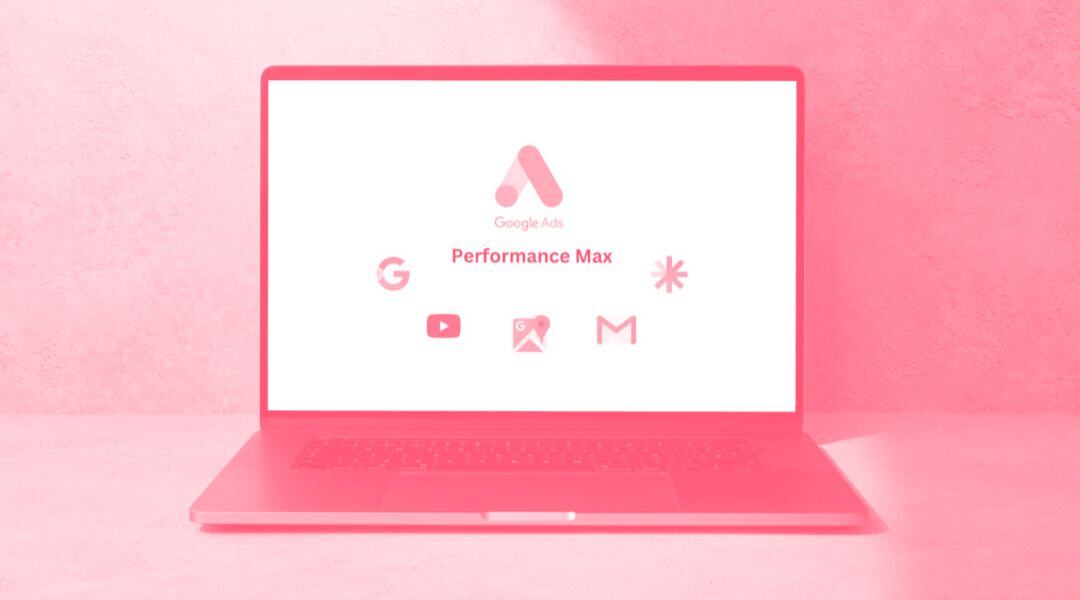
1 min read
If you've ever felt like managing Google Ads campaigns is like playing Russian roulette with your budget, don't worry, you're not alone. Google knows...
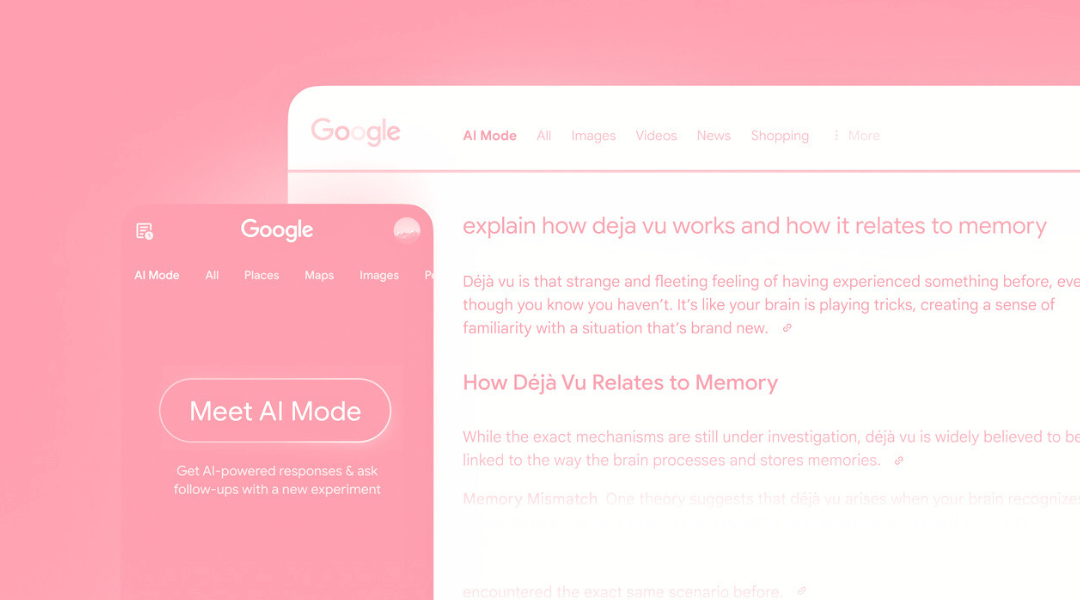
Until now, we searched.Now, Google thinks for us. The so-called Modo IA or AI Mode has just landed in Spanish. Yes, it’s official: Google has...

The ability to adapt to different times of the year can make the difference between success and a missed opportunity. This adaptability is crucial...